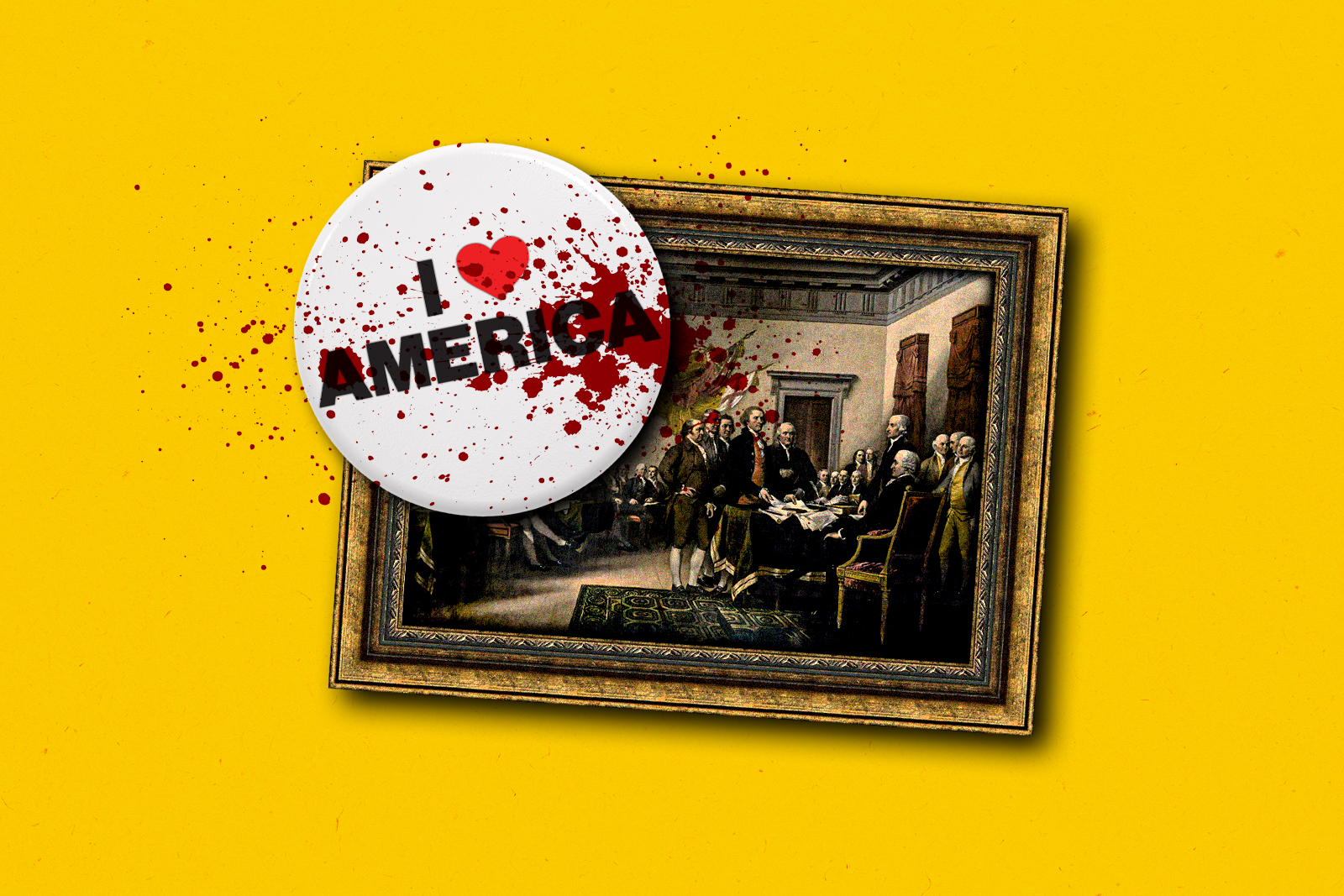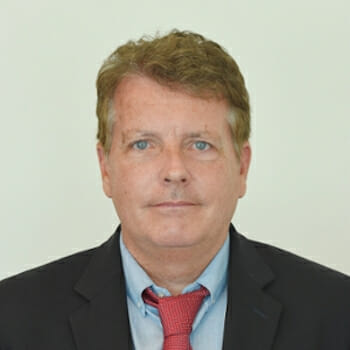
Mass Shootings are Uniquely American
Mass shootings in the United States have tragically become all too familiar, representing a deeply unsettling and distressing aspect of American society. According to the Gun Violence Archive, there have been more than 340 mass shootings in the U.S. so far in 2023, the highest rate in recent history. These horrific acts of violence not only claim innocent lives but also leave indelible scars on the fabric of communities, instilling fear, and a sense of vulnerability.
A deadly mass shooting on July 4th in Philadelphia serves as a symbol of this growing problem. On the same day America celebrated its independence, a 40-year-old male opened fire, killing five and wounding two children. Philadelphia has seen a rise in homicides as have other major cities such as Washington, San Francisco, Los Angeles, Milwaukee, and Baltimore. It is important to stress that mass shootings are not just an urban problem. The frequency of such gun-related incidents (homicides, unintentional shootings, and suicides) in the U.S. is higher than in many other developed nations with the number of deaths this year reaching 21,042. Additionally, 18,033 people have been injured in gun-related events during the same period.
While the definition of “mass” shootings can vary, the numbers cited refer to incidents in which four or more people were killed. While school shootings such as the one at Columbine High School in Littleton, Colorado on April 20, 1990, capture significant media attention, other incidents are also categorized as mass shootings. Gang-related deaths and “heat-of-the-moment” incidents make up the majority of mass shootings; in 2022 they accounted for 60% of such deaths. Domestic incidents made up 10% of the total, with indiscriminate rampages, so-called “lone-wolf” shootings in workplaces or public areas such as shopping malls, movie theatres, concerts, festivals, or other crowded venues making up 3% of the total.
To help explain why this phenomenon is so prominent in the U.S. right now, we need to look at a variety of political and socio-economic factors.
The U.S. Constitution enables mass shootings
The Founding Fathers wrote the U.S. Constitution in 1787, which was subsequently ratified in 1788; in 1791 the Bill of Rights was ratified, which famously enshrined “the right of the people to keep and bear arms.” The narrative behind the Second Amendment and its link to the American Revolution has led to a deeply ingrained gun culture. This cultural perspective and the political dynamics surrounding gun control legislation can make it challenging to implement stricter regulations.
According to the Pew Research Institute, nearly a third of all Americans own a firearm, and those that do are markedly more opposed to restrictions on guns than non-gun owners. Compared to many other countries, the U.S. has relatively easy access to firearms, including semi-automatic weapons, which increases the potential for mass shootings.
Republicans and Democrats often have divergent views on gun control. Republicans tend to emphasize the protection of Second Amendment rights and resist stricter gun control measures, while Democrats often advocate for enhanced background checks, restrictions on assault weapons, and other measures aimed at reducing gun violence. This has created an environment where extreme positions dominate, making it challenging to engage in constructive debates and find evidence-based solutions, resulting in limited or ineffective policies that fail to address the root causes of gun violence or implement preventive measures.
A look at root causes shows no single answer
While the vast majority of individuals with mental health problems are not violent, some mass shooters have a history of mental health challenges. These can include depression, anxiety disorders, personality disorders, or a history of trauma. One example of a mass shooting where the perpetrator had apparent mental health issues is the tragic event that took place at Virginia Tech on April 16, 2007. Seung-Hui Cho, a student at Virginia Tech, carried out a shooting rampage on campus, resulting in the deaths of 32 people and injuring many others before taking his own life. It was later disclosed that Cho had a history of mental health concerns, including severe anxiety, and depression.
Alcohol or drug use impairs judgment, lowers inhibitions, and intensifies pre-existing anger or aggression, which can trigger individuals or groups of individuals to engage in violence. Substance abuse can exacerbate underlying mental health issues and distort a person’s thinking, heighten impulsivity, and increase levels of despair, paranoia, or grandiosity. This altered state of mind, combined with a range of personal, social, or ideological factors, can create a volatile mix that pushes some individuals toward committing acts of mass violence.
A perfect example is a mass shooting at a church in Charleston, South Carolina on June 17, 2015. Dylann Roof, the shooter, entered the Mother Emanuel AME Church during Bible study and opened fire, killing nine people. During the investigation and subsequent trial, it came to light that Roof had a history of drug use, particularly with the drug Suboxone, which is used to treat opioid addiction.
Mass shooters often have personal grievances or hold extremist ideologies. These grievances can range from personal failures or perceived injustices to hatred based on race, religion, or other factors. In some cases, individuals who exhibit extremist ideologies may be exposed to online content that reinforces their beliefs or provides a sense of validation. They may find online communities where extremist views are shared and amplified. This can potentially contribute to their decision to engage in violence. The shooting at the Pulse nightclub in Orlando, Florida, on June 12, 2016, for example, was carried out by Omar Mateen, who pledged allegiance to the Islamic State during the attack and reportedly expressed support for extremist ideologies. The shooting, which resulted in the deaths of 49 people and dozens of injuries was characterized as both a hate crime and an act of terrorism. Mateen’s actions were motivated by his extremist beliefs and a targeted animosity towards the LGBTQ+ community.
A 2016 study published in the American Journal of Public Health found that mass shootings tend to increase during the summer months, suggesting a seasonal influence. It has long been believed that heat can increase aggression. A 2021 report from the National Bureau of Economic Research observed that high heat led to an 18% increase in violence among inmates in prisons and jails. Research for the Centers for Disease Control and Prevention indicates that there are 20 additional gun homicides among teens and children each month during the summertime, though this also correlates to the season when young adults are out of school.
A society in crisis
The lack of one root cause for mass shootings makes it difficult to propose solutions. Better access to mental health services might prevent a shooting, but according to experts at Columbia University, only 5% of mass shooters suffer from severe mental illness. Short of prohibiting alcohol and drugs or changing school schedules so that kids have supervision in the summer, these root causes are also difficult to solve. One approach that shows promise is banning gun sales to people between the ages of 18-21, which is the peak age for violent firearm offenses, however, banning, or restricting guns is difficult because of the political climate in the U.S., and the rise of handmade so-called “ghost guns” makes gun restrictions even more difficult to police.
One area that has been looked at is the coverage of mass shootings in the mainstream media. In May, The Guardian noted that mass shootings often contain an element of social contagion, that is, sometimes a potential shooter might see the attention a mass shooting story gets on television or social media and be inspired to seek similar notoriety. Social media can play a role in disseminating information about past shootings, including detailed accounts or manifestos, which can potentially influence vulnerable individuals. The shooter in the 2019 attack on a mosque in Christchurch, New Zealand, for example, streamed his heinous crimes on Facebook Live. More evidence is required to prove this causation, but certain measures have been advocated to make sure mass killers get less attention, such as the “No Notoriety” campaign started by family members of victims of past attacks.
The alarming prevalence of mass shootings in the United States demands urgent attention and action. The devastating impact of these acts of violence on communities, coupled with the psychological repercussions and societal implications, emphasizes the imperative to delve into the root causes of this phenomenon.
